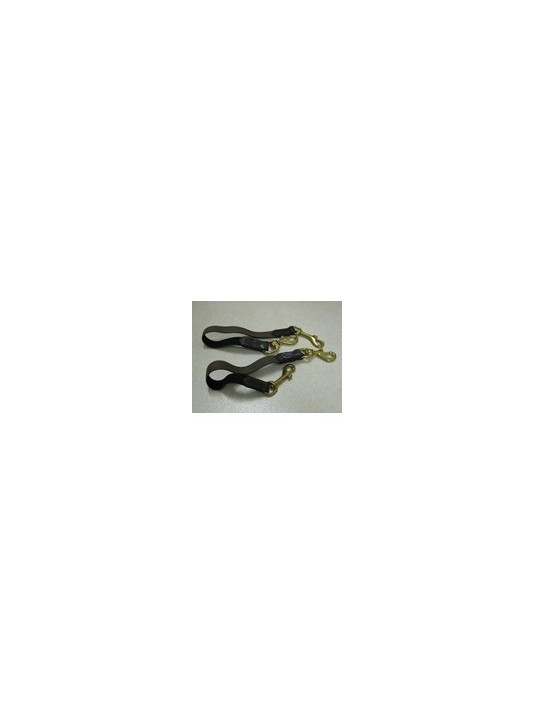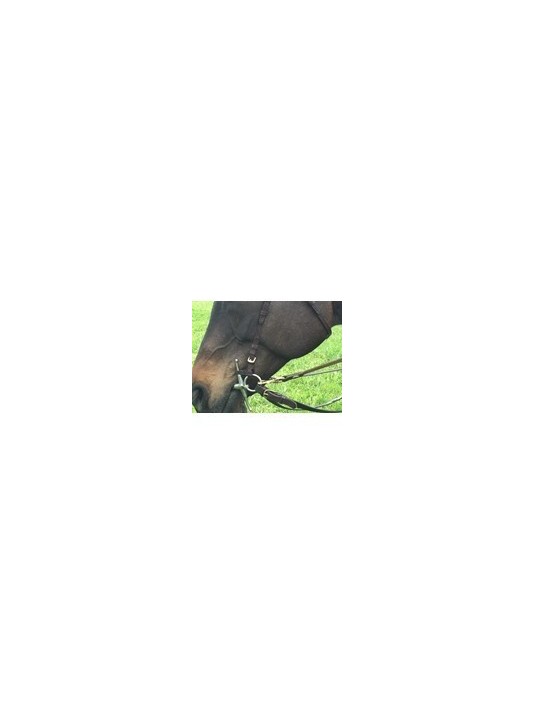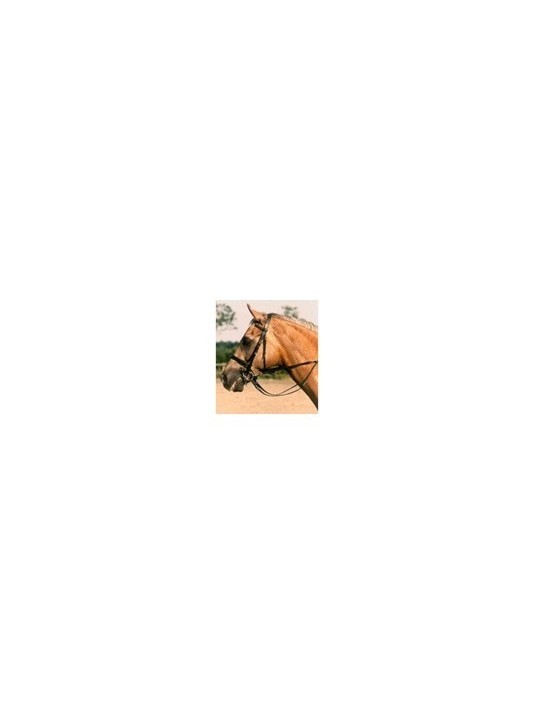Eeezy Rein Elastics
- Home
- Categories
- Other BALANCE Products
- Training Equipment
- Eeezy Rein Elastics
Please note: That from October 2023, all of the BALANCE-designed products are no longer available from The BALANCE SAddle Company Ltd. and this website. The production and sales of the full BALANCE range of saddles, saddle pads and harness/training equipment is now being managed by THV Saddling. The products themselves and the manufacturers are the same as under BALANCE, but will now show the THV Saddling Logo.
CODE = ERE
Spare BALANCE Eeezy Rein TM Elastics
Spare Elastic attachments for BALANCE Eeezy Reins TM in two different strengths.
ERE 1 = Softer/More easily stretched Elastics which can be used with Eeezy Reins TM . Providing provide a softer option when appropriate.
ERE 2 = Standard Elastics as provided when you buy a set of Eeezy Reins TM
Which Elastics do you need?
When you buy a set of BALANCE Eeezy Reins TM you will find a set of the Standard ERE 2 elastics are included.
Experience has shown that the quality of stretch in our standard elastics (ERE 2) is appropriate for most horses.
However, some years ago, we started to come across a lot of riders who had spent a lot of time trying to ride with a very light rein contact and sometimes no rein contact, because they had been persuaded to believe that this was better and kinder for the horse. (Some popular trends were responsible for this, including what is generally referred to as 'natural horsemanship' and 'classical dressage')
For these riders, the standard elastics can initially feel far too strong and so we created the softer (ERE 1) elastics for them.
What do Eeezy Reins TM do?
They can also be useful as an initial introduction for horses who have been mis-trained to avoid the rein contact by backing off the bit and coming behind the vertical.
The design of the BALANCE Eeezy Reins TM helps the rider to provide what we call a PEACE-ful rein connection for the horse.
P - positive E - elastic A - attentive C - consistent E - equal
The whole point of the Eeezy Reins TM, is based on the understanding, that the rider needs to provide the horse with enough of a connection through the reins to create some stretch in the elastics. Then the horse gets the idea and the confidence to interact with the contact and figure out that the rein contact is a comfortable, positive connection to the rider that does not block or restrict the proper use of his neck.
The amount of weight that the rider feels through the reins will depend on the quality of BALANCE in the horse and therefore, the rein contact becomes an invaluable way for the rider to monitor the quality of movement and balance in their horse from moment to moment. If the horse feels heavy in the reins, it indicates that it is unbalanced in one of several ways. For example:
- by being on the forehand and needs some direction from the rider to help it to engage the hind quarters forward without increasing speed so that the weight of the rider is more supported by the organisation of the horse's body and movement and the consequence of this is a lighter feel in the reins.
- by being crooked laterally, so that there is too much bend in the neck and/or the rib-cage is held over to one side through a contraction on the other side. This arrangement tends to give the rider the sense that the horse is always pulling/pushing/leaning into one rein more than the other. When the rider helps the horse to straighten in its body and/or neck the consequence is that the rein contact becomes more even.
In correct methods of training (those that actually create benefits to the horse) the rider notices the heaviness in the rein contact, but knows better than to create an artificially light feel in the reins, either by avoiding the contact themselves, or by training the horse to avoid it through misuse of the reins or with sharp bits that punish the horse for putting any weight into it. Instead, the educated rider considers that the rein contact is one of the most valuable means of listening to the horse, helping the horse and communicating with the horse. A light, connected feeling through the reins, which is rightly desired by the rider and the horse, is something that is created and maintained by helping the horse to learn how to carry the unnatural weight of a rider, in a way that does no harm to himself. It is a progressive process.
One of the most valuable gifts that the rider can give to the horse through this process is the gift of integrity. Being willing to commit to doing things in a constructive way for the benefit of the horse, even if it takes a little more time and even if it doesn't look as flashy to the uneducated bystander (there is never any shortage of these!)
For example, when the horse feels uncomfortably heavy in the reins, it does not feel good to the rider, and it certainly does not feel good to the horse either! For this reason, horses do not pull against or lean on the reins out of disobedience.
If the reins feel uncomfortable in your hands, just remember that the reins are attached to the delicate and highly sensitive mouth of the horse, so you can be sure that if the horse is putting a lot of pressure onto the bit, there is a reason for it and one that he has not figured out how to correct himself. So, to ignore this heaviness in the reins is not the answer.
Unfortunately, there are literally hundreds of 'quick fix' methods that are being taught to riders to get rid of this feel, which is but a symptom of a the real problem. Most of these methods are based on punishing the horse for using the bit as a means of trying to recover its balance, by using crude rein aids that hurt the mouth every time the horse leans on the bit, or mechanical means where the design of the bit itself punishes the horse anytime it takes anything more than the lightest of contacts. These methods, are born from an ignorance in the rider/trainer about the mechanics of correct movement and training!
The alternative way of avoiding the heavy feel in the reins, is for the rider to abandon the rein contact altogether and imagine that no contact must be better. Once again this fails to deal with the original reason for the heavy feel and the horse is left to flounder along, usually in a very un-balanced way, so the feel in the reins might be light to the rider but the horse, meantime, is heavily unbalanced and in danger of injury as well as being very uncomfortable.
If the original reason for the heaviness is not dealt with (loss of balance) the horse is forced to brace into its own body in the absence of a good rein connection, which just adds to its problems, rather than solving them.
About
Being able to move in a powerful, balanced and engaged way, without restriction or discomfort, is every horse’s birth-right and essential in order for him to be able to carry the unnatural weight of a rider, without doing harm to himself.





